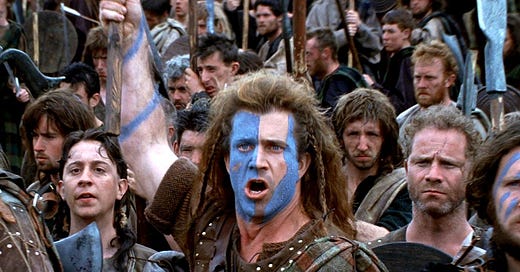On Cannabis Leadership: A Few Good Men - Part 1
The business world is fascinated with uncovering ‘The Right Stuff’ around leadership excellence. Cannabis is no different and, in many ways, more wanting. Unlike most sectors, there is a dearth of supportive peers, no cannabis playbook, and a lack of best practice research.
Incorporating the lessons of great leaders wherever they are found is essential if weed companies are going to up their game.
As a student of military history (and a consultant), I believe that military and cannabis leaders share many of the same challenges, once you scratch below the surface.
For one thing, they operate in complex and uncertain environments. Both Generals and CEOs have similar constraints, including hyper competition, limited resources, and proactive stakeholders. Finally, there are few situations where one person can still make a huge difference in an outcome.
These winning Generals are amazing role models for cannabis managers looking to improve their leadership style:
Lucian Truscott -The Soldier’s General
This highly decorated, rapidly promoted WW2 General served under General George S. Patton. Truscott put his soldiers first. He never included his name in positive battlefield dispatches, instead emphasizing the role of his subordinates.
In a famous story, Truscott gave a memorial speech at a US military cemetery in Italy. He turned his back on the assembled dignitaries and gave his address including an apology to the 8,000 dead soldiers.
Among his many attributes the soft-spoken Truscott knew when to park his ego. He never deigned from ‘speaking truth to power’, not an easy task when your commander was Patton and your peers were bootlickers. Truscott also understood that war making was akin to running a big business; he prioritized logistics and planning.
Though he lives in Patton’s shadow, Truscott is the standard for a team-based leader.
Avigdor Kahalani – Leading from the Front
Calling this 29-year-old Israeli Lieutenant Colonel a hero would be an understatement. During the 1973 Yom Kippur War, Kahalani led a beaten-up collection of 10 tanks in a ‘do or die’ battle against 160 invading Syrian tanks in a place later dubbed the ‘Valley of Tears’.
In over 36 hours of non-stop fighting and while injured (Colonels rarely command on the front lines), Kehalani’s inspired leadership (e.g., stopping some soldiers who wanted to retreat/flee), tactical improvisation (e.g., adjusting his force’s depending on the situation) and pitching in with the grunt work (e.g., shuttling ammunition between tanks) saved the Golan Heights from being overrun.
Kahalani is the epitome of a hands-on, improvising leader. His story is part of the U.S. Defense College’s curriculum.
#leadership #military #management


